This is the first in a series of three articles for the IAI by Dr Welch on screening. Read part 2, "Cancer screening harms more people than it saves is available" and part 3, "You can’t test your way to health".
We’re vastly overcounting cancer cases. In 2020, President Joe Biden urged Americans to get cancer screenings, backing a $43-billion-a-year screening effort. But Dr H. Gilbert Welch, a leading physician and health policy researcher, argues that such well-meaning campaigns are creating more problems than they solve. Up to 90% of thyroid cancers diagnosed due to screening would never have caused any harm if left untreated; and overdiagnosis of breast, skin and prostate cancers is also rife. This fools us into thinking that we’re curing more people due to screening. In reality, we’re treating patients who were never truly sick and calling it a success.
At the dawn of the new millennium, South Korean doctors began offering neck ultrasounds as a low-cost add-on ($30–$50) to a government cancer screening program. A decade later, the annual number of diagnosed thyroid cancers had increased 15-fold—transforming it into the most commonly diagnosed cancer in Korea, surpassing breast, colon, and lung cancer. Yet despite this surge in diagnoses, the death rate from thyroid cancer remained essentially unchanged. What does that tell me? Massive overdiagnosis. That is, people who don’t have clinically significant thyroid cancer (and who never will) are nonetheless being diagnosed with thyroid cancer.

Thyroid cancer incidence and mortality in South Korea, 1993–2011
(data from Korean Central Cancer Registry and Statistics Korea)
It’s tempting to think that the graph shows that Korean doctors are becoming very good at treating thyroid cancer—but that would prompt the question: where are all these new cancers coming from? Ultrasounds don’t cause thyroid cancer; they cause preexisting thyroid cancers to be found. The thyroid is full of cellular abnormalities that meet pathologic criteria for cancer—a third of adults could be said to have thyroid cancer. But the vast majority will never experience symptoms of thyroid cancer, much less die from it. So what is really happening is this: screening is unearthing cancers that are not destined to cause problems.
SUGGESTED VIEWING Why most published research findings are false With John Ioannidis
For decades I’ve been studying the unintended harms of screening—the effort to detect disease in people who have no symptoms of it. Doctors screen for a lot of things—aortic aneurysms, diabetes, heart disease, depression and dementia—and overdiagnosis can be a problem for each. But it’s cancer screening that has been promoted most aggressively, and so I have particularly focused on cancer overdiagnosis. At first the idea was seen as heretical, but now even the International Agency for Research on Cancer (IARC) recognizes there is a worldwide epidemic of thyroid cancer overdiagnosis. Whenever we doctors look hard for early forms of cancer, we tend to find more than we expect. We don’t know which individuals are overdiagnosed, but we can see the excess diagnoses in population data (like the graph above).
___
No one wants to go through the rigors of cancer treatment—surgery, radiation and chemotherapy—as well as the fear that cancer diagnosis brings for a cancer that was never destined to bother them.
___







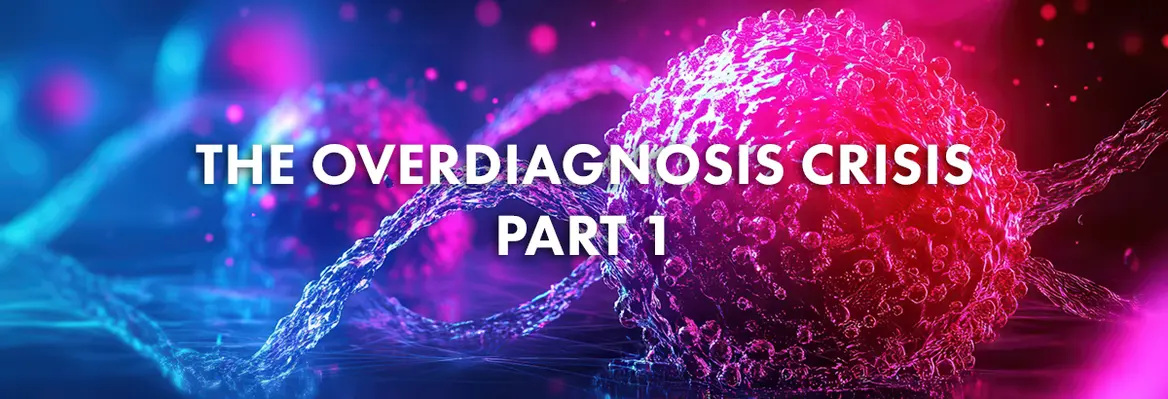


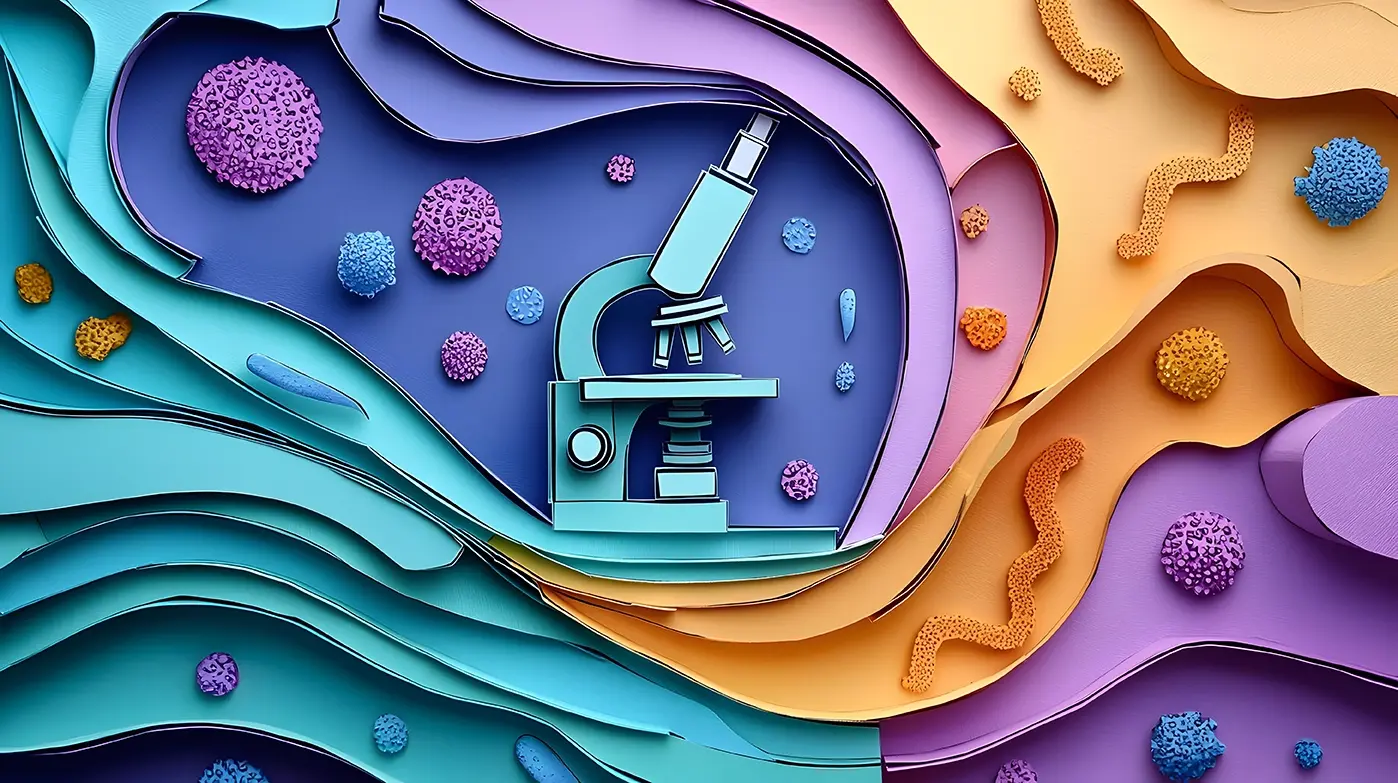







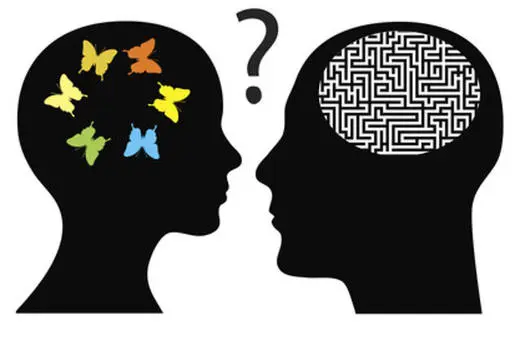
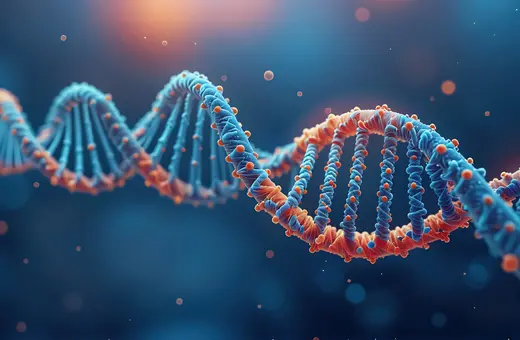
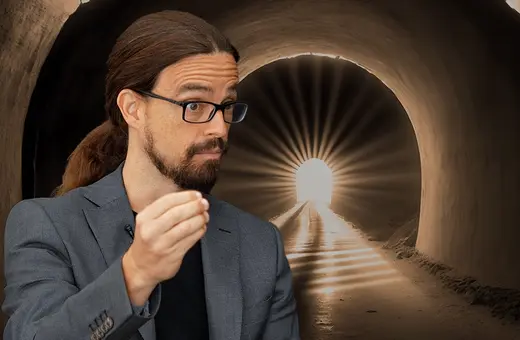


Join the conversation